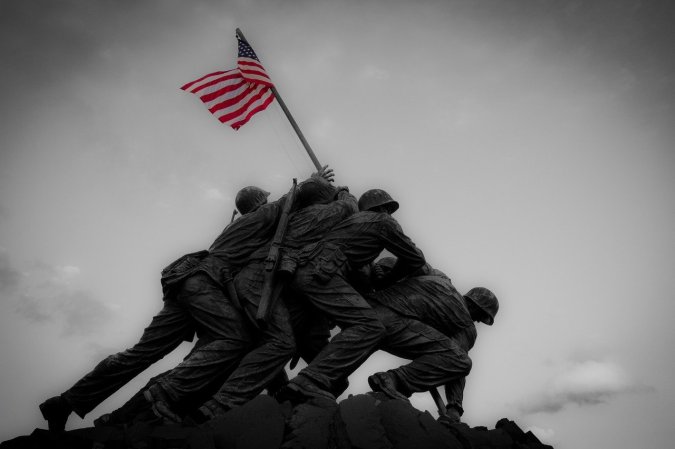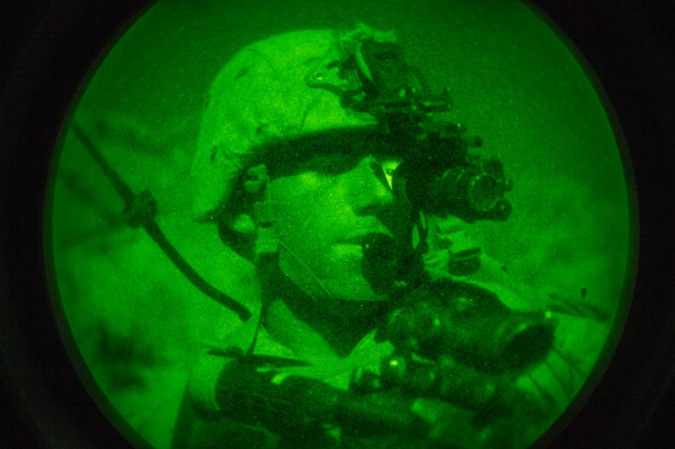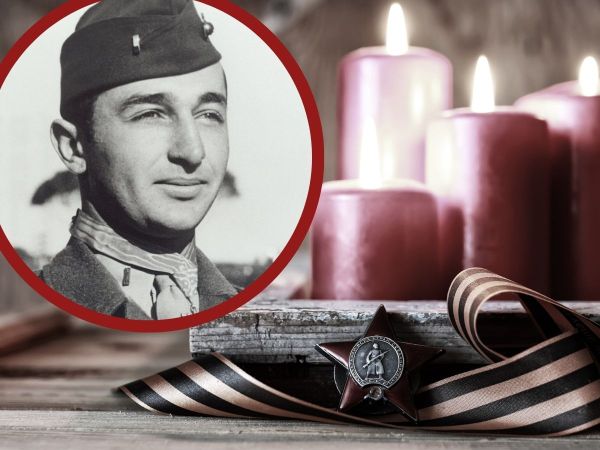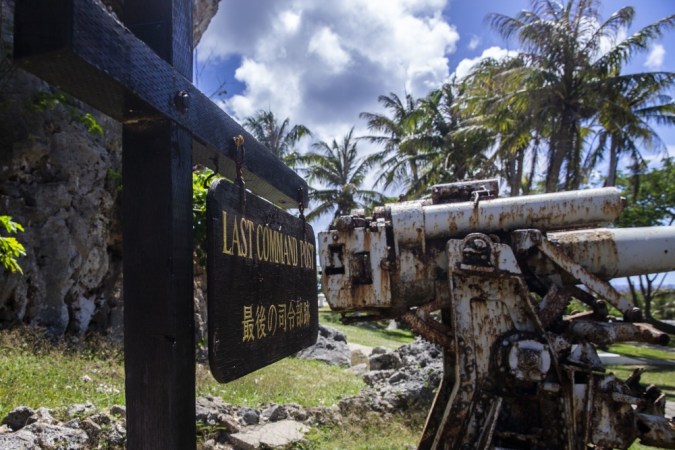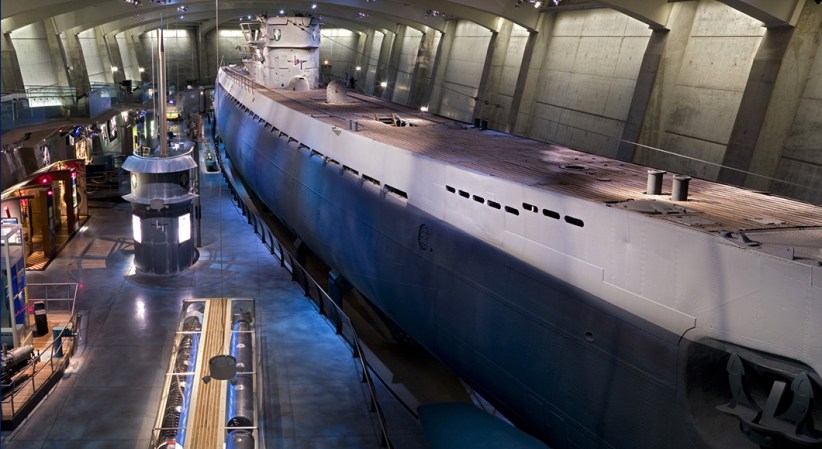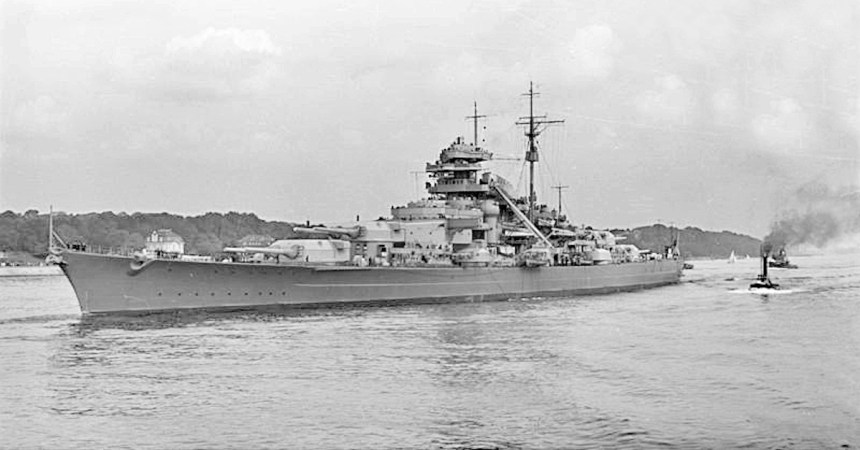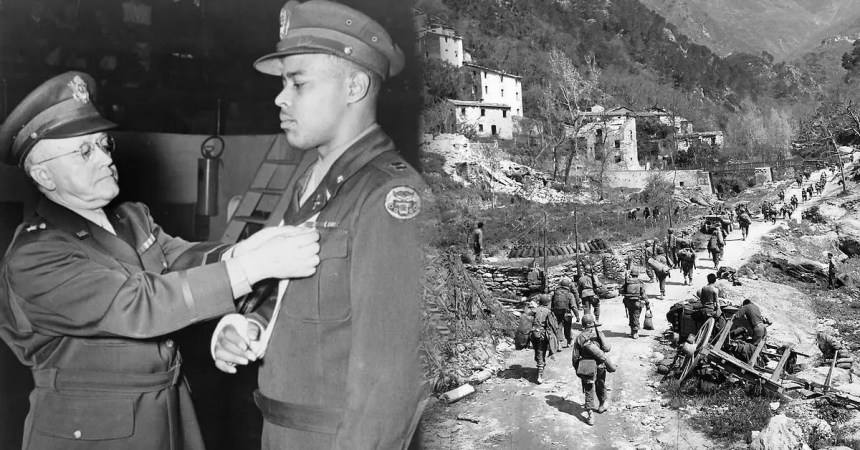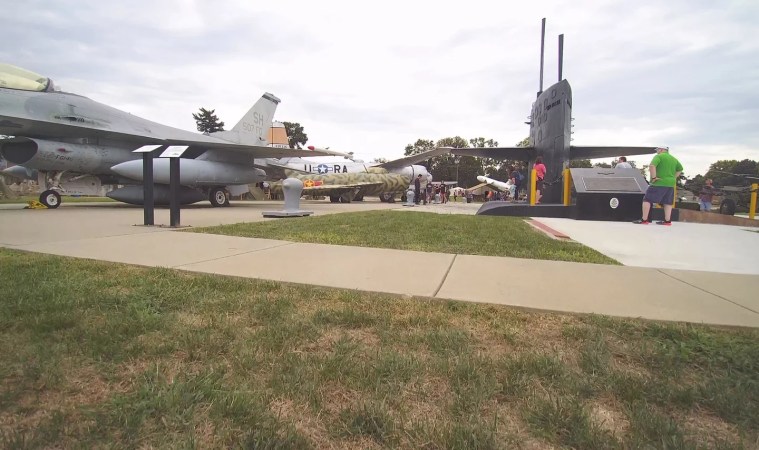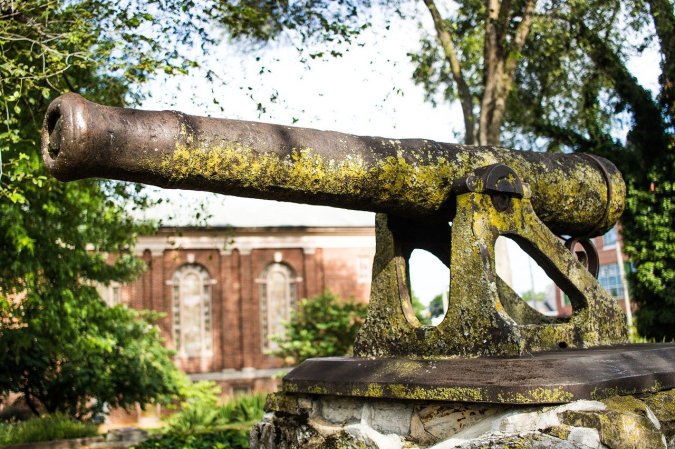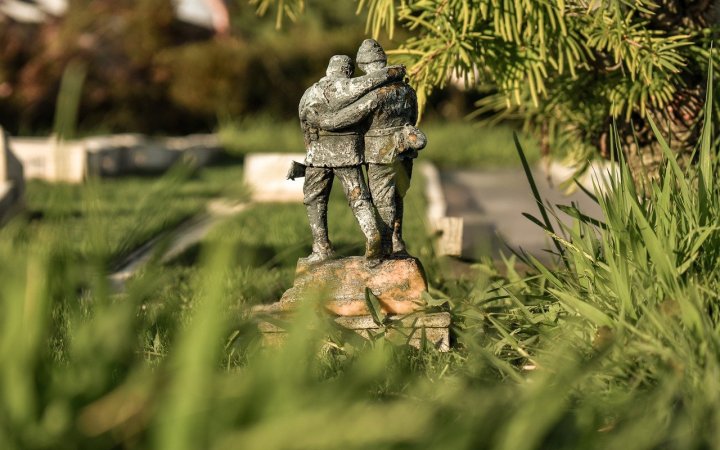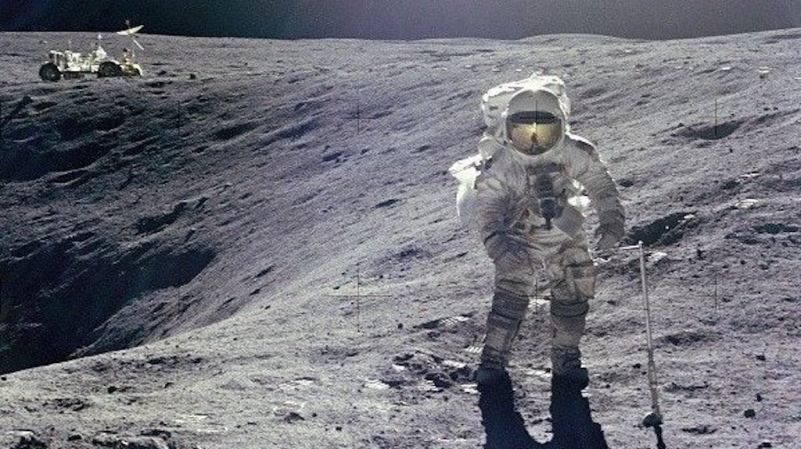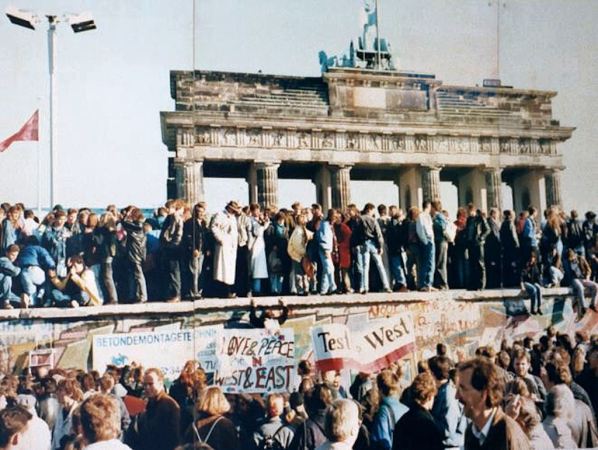French President Francois Hollande presented Airman First Class (A1C) Spencer Stone, Oregon National Guardsman Alek Skarlatos and two others with the French Légion d’Honneur, the highest decoration France can give (it is also not limited to military members). Foreign nationals are eligible to receive the medal for “serving France or the ideals it upholds.”
In 2015, Stone and Skarlatos served France by preventing a Moroccan national from going on a shooting spree with an AK-47 by physically subduing the perpetrator on a Paris-bound train.

The Légion was established by Napoléon Bonaparte in 1802 as a way to honor those who served post-Revolutionary France without granting them titles of nobility, which France just abolished. Bonaparte always wore the medal himself.
The Légion is not just an award; it is membership in an elite group of people who have served France in outstanding ways, with five levels of honor: Stone, Skarlatos, their friend Anthony Sadler, and British businessman Chris Norman were awarded at the level of Knight for their heroics. Beyond that, there are the levels of Officer, Commander, Grand Officer, and Grand Cross, the highest that can be awarded (The President of France serves as Grand Master).

Stone and Skarlatos aren’t the first U.S. servicemembers to be awarded the honor. in 2004, the French government opened it to all Allied World War II veterans with proof of service in France. A number of members of the U.S. military have received the honor for various reasons. Here are nine prominent veterans who are also part of the prestigious Légion.

Sgt. Alvin York
One of history’s most famous conscientious objectors, Sgt. York (as he came to be publicly known) was a drinker and a fighter who became a born-again Christian before the outbreak of World War I. Even though his faith demanded pacifism, he enlisted for the draft as required by U.S. law. He applied for conscientious objector status, even appealing after his first request was denied. He would come to accept his fate, believing God had a plan for him to fight and win in France. One night, he and three other NCOs led thirteen privates to infiltrate the German lines on a nighttime raid and take out the machine guns. Somewhere along the way, one machine gun opened up on York and his compatriots, killing or wounding nine of the sixteen men. York didn’t even have time to take cover. He stood his ground and picked off the whole crew.

Henry Louis Larsen
One of the U.S. Marine Corps’ finest, Larsen first served as an officer in WWI, where he participated in every major Marine Corps operation in France including Belleau Wood, which earned him a silver Citation Star on his WWI Victory Medal. In all he would earn the Navy Cross and three Silver Stars, all without ever being wounded. With the Légion d’Honneur, France also awarded him the Croix de Guerre.
Gen. Douglas MacArthur
This may seem obvious to some, but MacArthur is primarily well-known (these days) for his service in the Pacific during World War II, his masterminding the Korean War, and his public firing at the hands of President Truman. MacArthur’s career started while Teddy Roosevelt was in office. When the U.S. entered World War I in April 1917, MacArthur was a Major and would be posted in France. By war’s end, the Old Soldier was Brig. Gen. MacArthur, and his service in the 1918 Champagne-Marne Offensive earned him four Silver Stars, two Croix de Guerre, a Distinguished Service Cross, and the Légion d’Honneur.

Lt. Col. Mayhew Foster
Foster, then 33 and a Captain in the 36th Infantry Division, flew a Stinson L-5 Sentinel carrying more than 300 pounds of Hermann Göring’s fat ass back to Nuremberg to be tried for war crimes.

Not once during the 55-minute flight with the former Nazi Luftwaffe commander did Foster worry about Göring trying to escape from the two-seater transport. Foster received the Légion d’Honneur in 2009 and died at age 99 two years later. Göring famously committed suicide by cyanide capsule before his scheduled execution. Foster also earned a Silver Star for his efforts fighting in France.

Senator Daniel Inouye
Before Inouye’s political career (which is extensive in itself — the Hawaii Democrat served in the House of Representatives before the Senate and served as President pro tempore of the Senate), he enlisted in the all-Nisei (a Japanese word used to describe second generation children of Japanese descent) 442d Regimental Combat Team (RCT).
Most of the 442d RCT came from families in Japanese internment camps on the West Coast of the United States, but would still enter the war by 1944, earning 9,000 Purple Hearts, 8 Presidential Unit Citations, 52 Distinguished Service Crosses, 560 Silver Stars, and 21 Medals of Honor. Inouye was one of the Medal of Honor recipients (and a Purple Heart, losing his arm in a fight at the Gothic Line). Inouye and 442d were awarded the Légion d’Honneur for their brutal fight against fortified German units at Bruyères in the Vosges Mountains.
Dwight D. Eisenhower
This should come as a surprise to no one. As Supreme Allied Commander in World War II oversaw the planning and logistics for Operation Overlord, and his decision to invade Nazi-occupied France on June 6, 1944 would lead to the complete liberation of France in less than a year.

Audie Murphy
The soldier the Navy and Marine Corps didn’t want became the most decorated soldier of WWII, and Murphy counts the Légion d’Honneur as one of his many decorations. He participated in the amphibious invasion of Southern France, landing at Ramateulle, where the Germans killed his best friends after faking a surrender. Murphy responded by wounding three, killing eight, and capturing eleven of them. There is oh-so-much more to Murphy’s actions in France after this (he even portrayed himself in the film To Hell and Back, about his life and service).

In addition to the Légion and the Medal of Honor, in France, Murphy’s action earned the French Croix de Guerre with Silver Star, Croix de Guerre with Palm, two Silver Stars, three Purple Hearts, American Campaign Medal, the European–African–Middle Eastern Campaign Medal with arrowhead device and campaign stars, the World War II Victory Medal, the Army of Occupation Medal with Germany Clasp, the French Liberation Medal, two Presidential Unit Citations, and the French Fourragère in Colors of the Croix de guerre. Murphy also earned the Medal of Honor by single-handedly holding off an entire German infantry company with a rifle in January 1945 then leading a counteroffensive while wounded and out of ammunition.
George S. Patton
Gen. George S. Patton served in France in at least two wars (if you ask him, it was three — a believer in reincarnation, Patton famously believed to be one of Napoleon’s officers who died in his service). Patton’s time in France began in world War I as a member of the American Expeditionary Forces (AEF), teaching early tank tactics. His time in World War II is what earned him his notoriety. After turning the North African campaign in favor of the Allies and his instrumental role in the allied invasion of Sicily, he was installed as the commander of the U.S. Third Army. After D-Day, Patton’s Third Army helped break the Normandy beachhead and then stopped the famous “Bulge,” relieving the 101st Airborne at Bastogne and then pressing on into Germany at an astonishing rate.
Colin Powell
A more contemporary awardee, General Powell’s illustrious military and public service career spans decades, from service in the Vietnam War to National Security Adviser under President Ronald Reagan and Chairman of the Joint Chiefs of Staff (CJCS) under President George H.W. Bush, to U.S. Secretary of State for President George W. Bush’s first term. As CJCS, he was a critical adviser to President Bush (41) and Gen. “Stormin'” Norman Schwarzkopf, whose command of coalition forces against Saddam Hussein’s Iraqi forces occupying Kuwait in 1990 included French Army and Air Forces.






